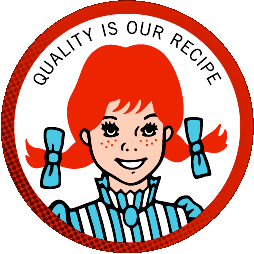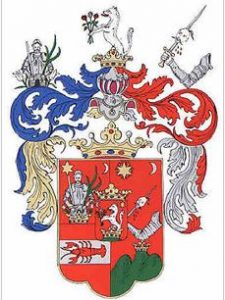Brand Compliance Officer.
Compliance is a medical term with huge impact on patient outcomes. Patients who comply with prescription drug plans, treatment modalities and lifestyle changes live healthier lives.
Compliance is also a word that comes up in brand strategy discussions. Brand strategy, an organizing principle for product, experience and messaging, guides commerce in very predicable ways. And if compliance is high, success is high.
How does a company insure brand strategy compliance? One way is to install a Brand Compliance Office. Typically, this function would lie with the Chief Marketing Officer. But the realities of managing revenue growth, marketing spend, staff and profit don’t really allow time for compliance. The title of brand manager might suggest someone who looks after compliance, but they don’t wield the power. It a “herding cats” type of job. And some cats are way up the corporate ladder.
A Brand Compliance Officer needn’t be a 6 figure job but it’s an important job. Appointing someone to watch over internal stakeholders and make them comply with the plan is a sure-fire way of strengthening brand, sales and margin.
Peace.



